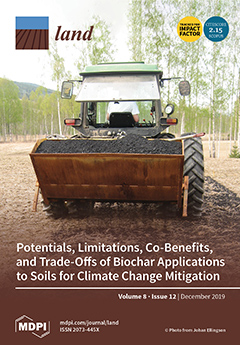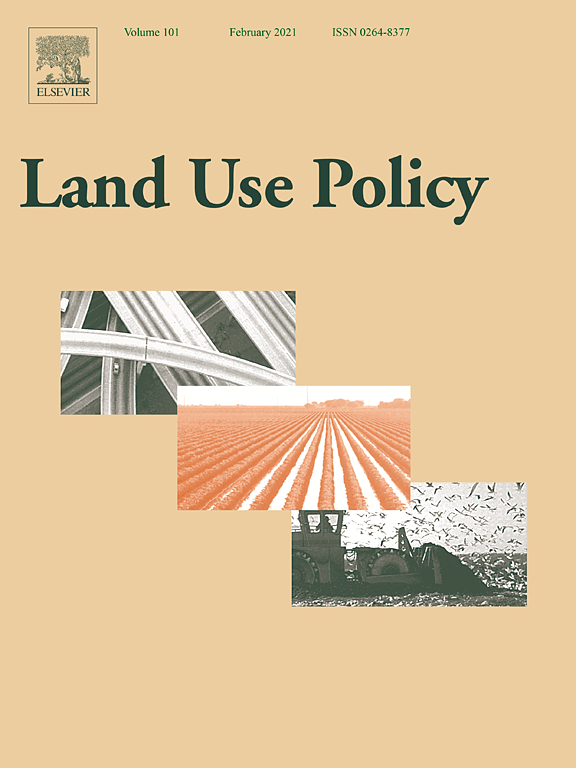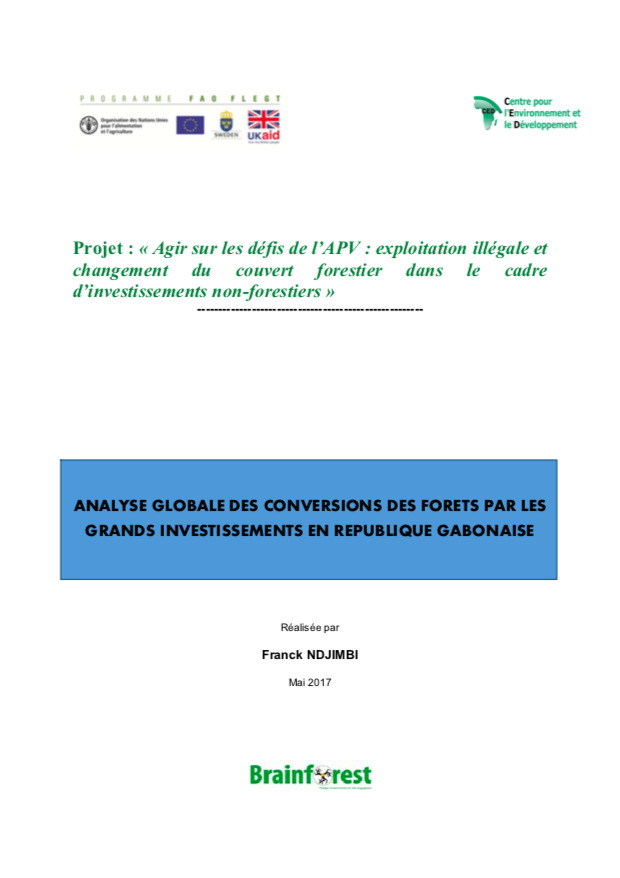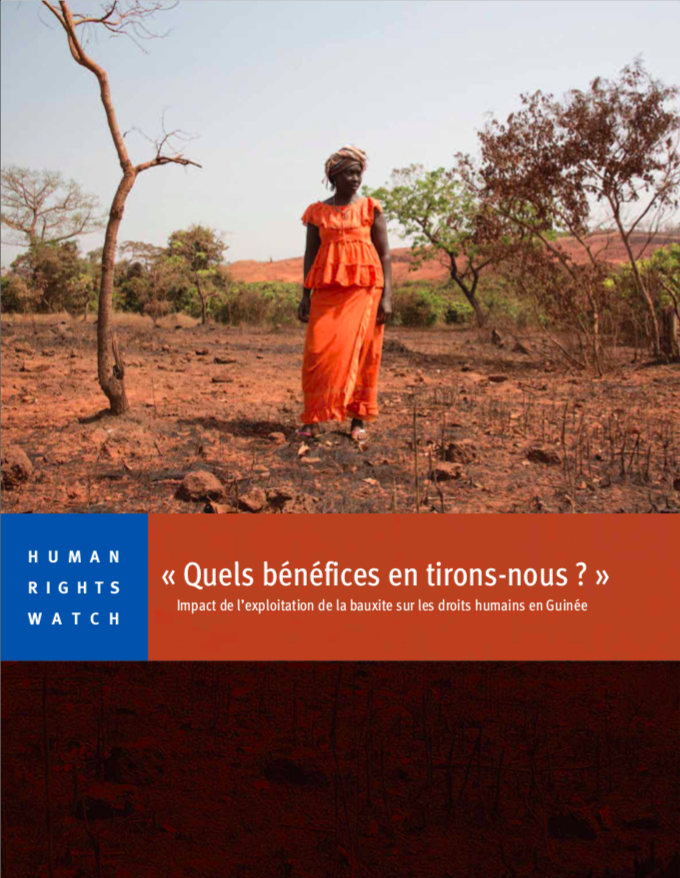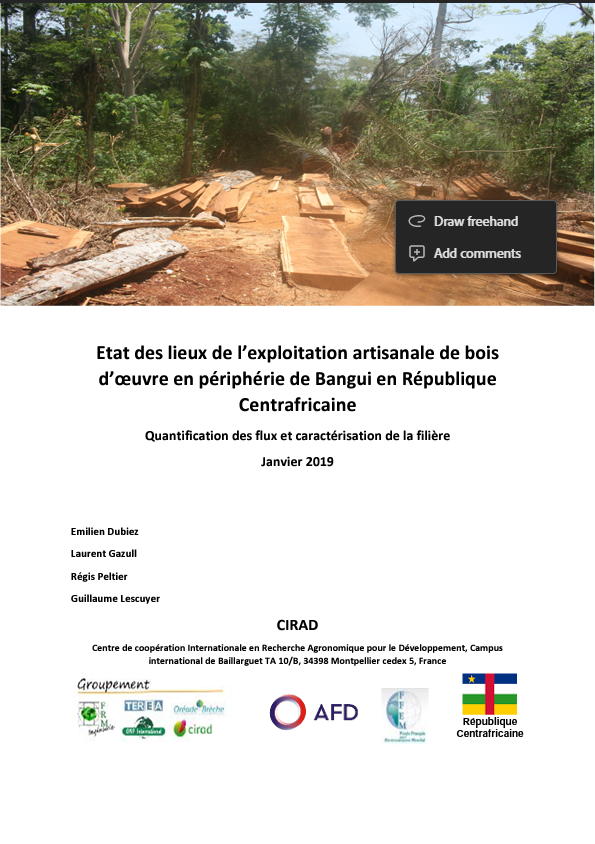An Assessment of Multiple Drivers Determining Woody Species Composition and Structure: A Case Study from the Kalahari, Botswana
Savannas are extremely important socio-economic landscapes, with pastoralist societies relying on these ecosystems to sustain their livelihoods and economy. Globally, there is an increase of woody vegetation in these ecosystems, degrading the potential of these multi-functional landscapes to sustain societies and wildlife. Several mechanisms have been invoked to explain the processes responsible for woody vegetation composition; however, these are often investigated separately at scales not best suited to land-managers, thereby impeding the evaluation of their relative importance.


